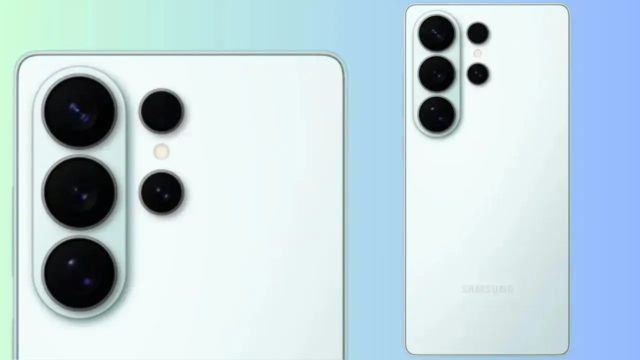One of the most obvious innovations that comes with iOS 26, the Liquid Glass design, brings transparency to the forefront of the user interface. Many areas such as the Control Center, application folders, and icons now appear semi-transparent, allowing the screen content to be seen behind the interface elements. However, this visual change may not provide a positive experience for every user. For those who have readability issues or do not like this new look, Apple has an integrated solution for this system.
For those who do not like the iOS 26 Liquid Glass design, use this setting for a less transparent look
The Reduce Transparency option in iOS 26 increases contrast by making the backgrounds more opaque in certain areas of the screen. This makes text and icons more visible, especially in areas such as the Control Center. To activate the setting, simply follow the Settings > Accessibility > Display and Text Size path and activate the Reduce Transparency option.

This feature does not completely eliminate the Liquid Glass design, but simplifies the look by adding less transparent and darker backgrounds to the interface elements. There is no change in the shape of the buttons or the return to the previous design from iOS 26. If you want to access this setting more easily, you can add it to Accessibility Shortcuts and quickly turn it on and off from Control Center.

Apple is currently testing the developer beta of iOS 26. According to user feedback, improvements are expected to be made to the Liquid Glass design. Although Apple has presented the new interface without disrupting the familiar app layout, the visual change may be an experience that some users will get used to over time. The Reduce Transparency option offers a temporary solution, especially for developers and users who have difficulty adapting during the beta process.

The public beta of iOS 26 will be released in July. The stable version will be available with the new iPhone 17 series in September. The final version of the Liquid Glass design will continue to be shaped by user feedback during this process.













